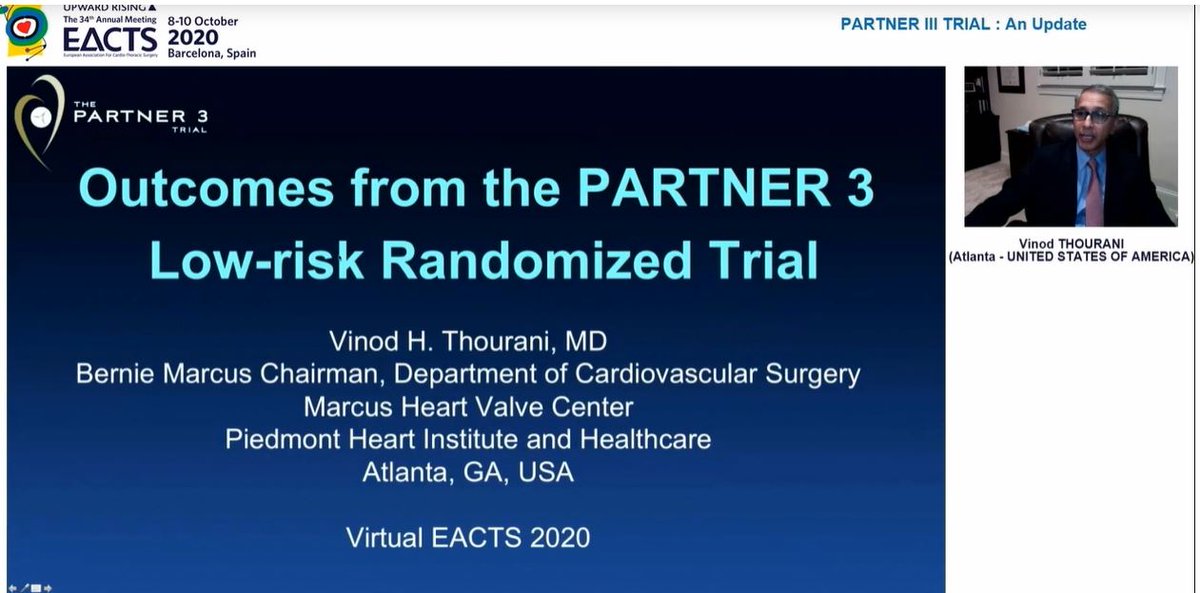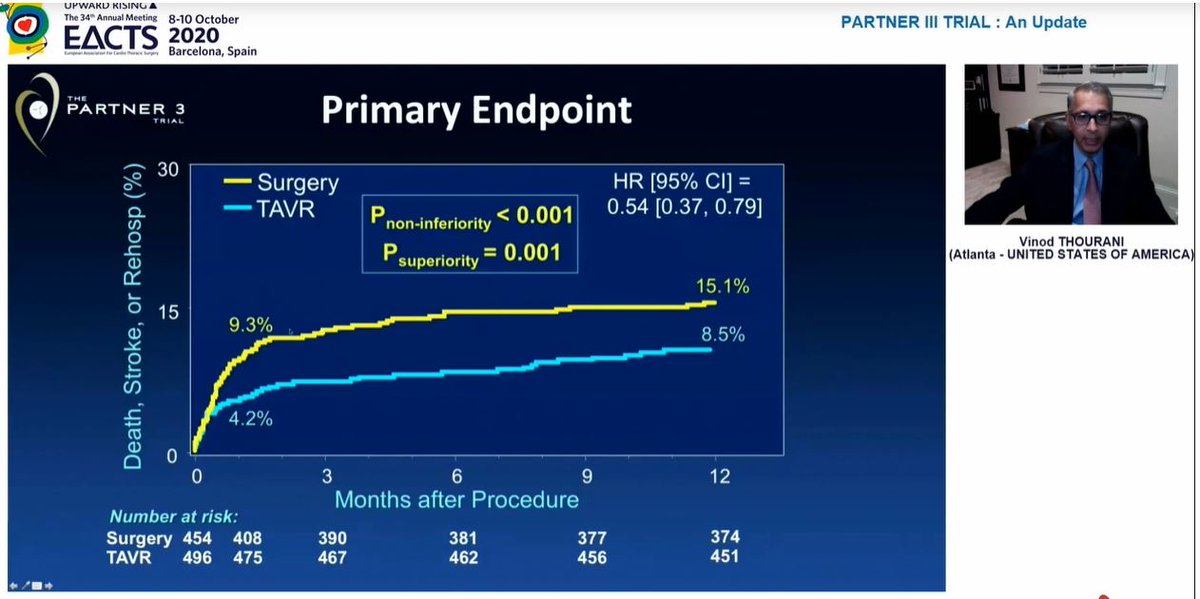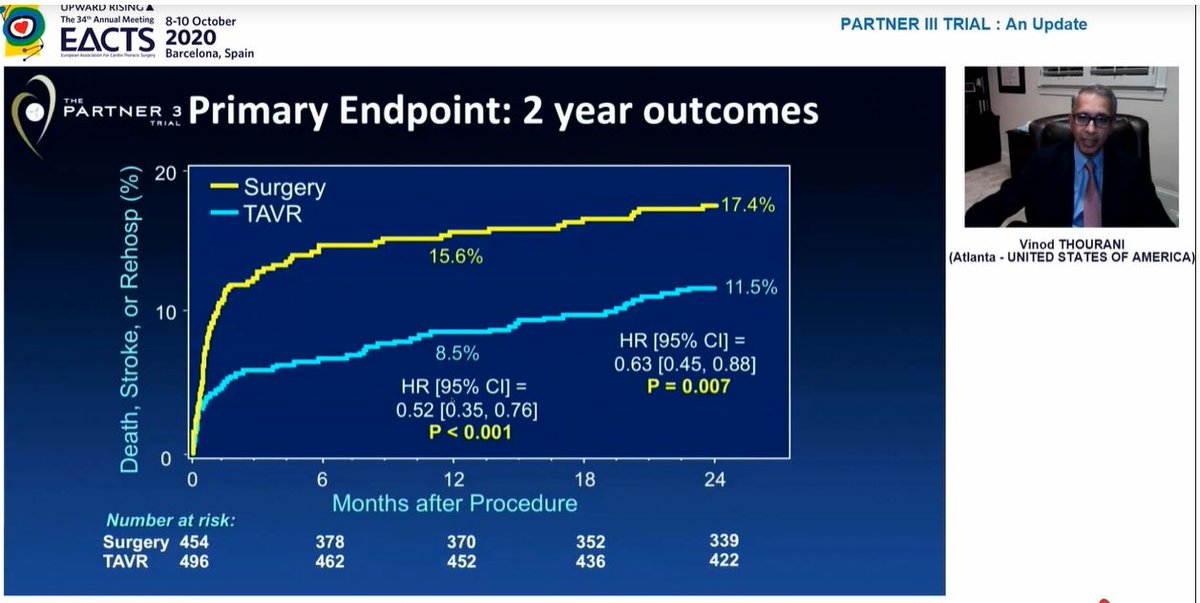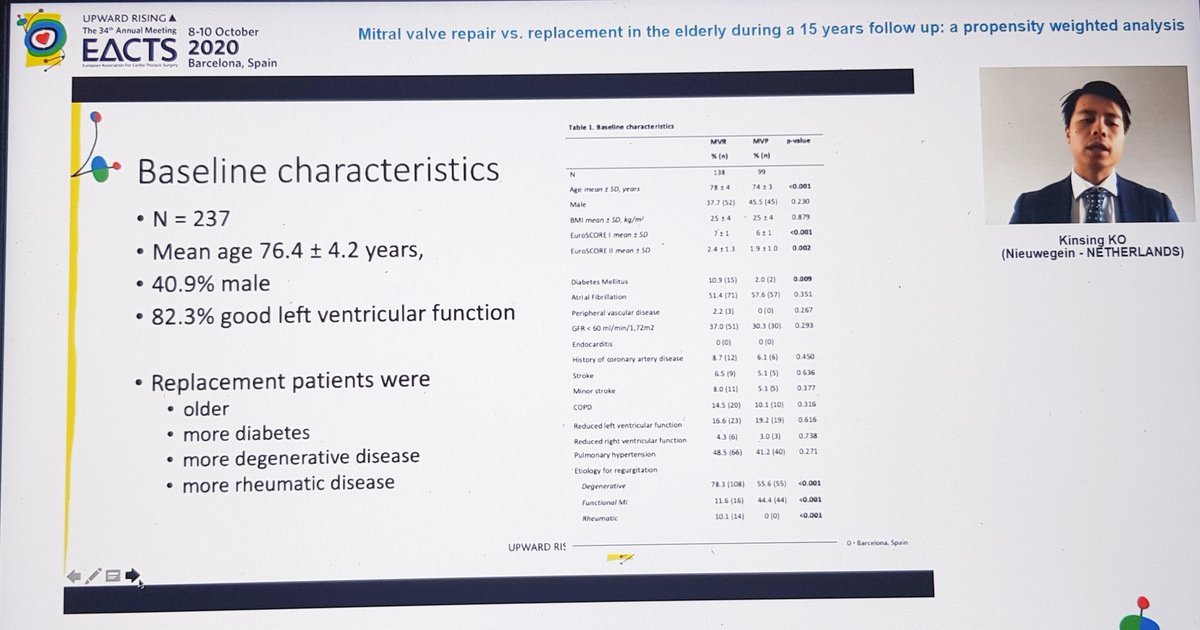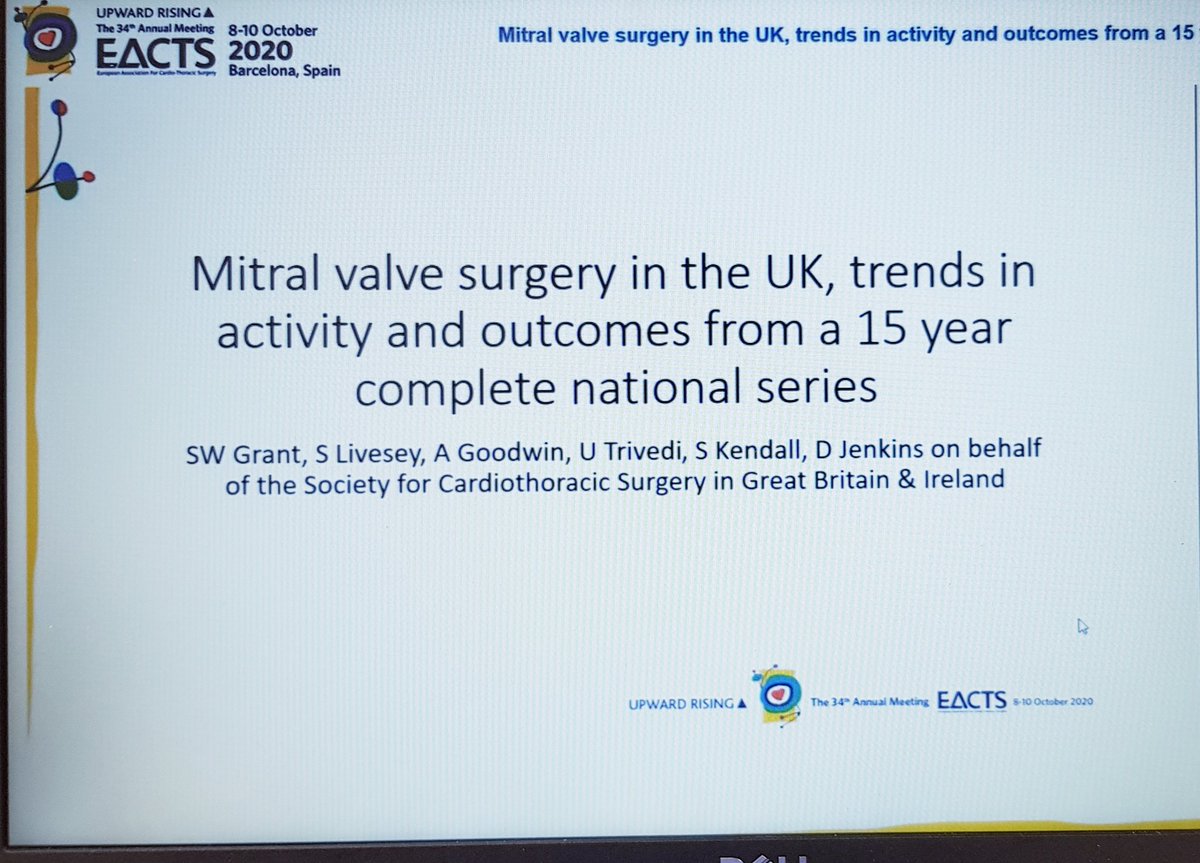
**VALVE CASE OF THE WEEK**
Last case of 2020!
@BrHeartValveSoc @TheBJCA @global_wic @BSEcho @ASE360
This is a tough one! This will separate the men from the boys, the women from the girls...are you Luke Skywalker or are you already the Obi-Wan Kenobi of valve disease?!
Last case of 2020!
@BrHeartValveSoc @TheBJCA @global_wic @BSEcho @ASE360
This is a tough one! This will separate the men from the boys, the women from the girls...are you Luke Skywalker or are you already the Obi-Wan Kenobi of valve disease?!
Mid 70s patient, known ischaemic cardiomyopathy & aortic stenosis.
⬆️⬆️ dyspnoea.
Clinical signs suggest severe AS.
BP 90/50mmHg, HR 60bpm.
This is the resting ECG (hint - showing this for a reason - 😉)
⬆️⬆️ dyspnoea.
Clinical signs suggest severe AS.
BP 90/50mmHg, HR 60bpm.
This is the resting ECG (hint - showing this for a reason - 😉)

Here is PLAX view of the AV...👇🏽
Here is AP4Ch view...
Now...here is the aortic regurgitation CW Doppler signal. Note the unusual shape in end-diastole (red arrow) 

And here is the same phenomenon observed on the pulmonary regurgitation Doppler trace...
@RobChamb87 @nat_echo @cardiacLucy
@RobChamb87 @nat_echo @cardiacLucy

So, the question simply is...why do the AR and PR signals look the way they do? What causes the change in shape of the CW Doppler signal in end-diastole? If you feel you need more info, feel free to ask! Leave comments below! Let's find Obi-Wan Kenobi!
#EACVI #ACCFIT #Echofirst
#EACVI #ACCFIT #Echofirst
I should add...if you immediately know this and very few have replied...maybe just send a 😉 through initially! 😁
Ok some very good replies coming through...do make use of all the data. Some people have picked up on the PR interval... that's relevant!
Let's ask our 😉 crew to tie it all together...@strain_rate, @RodrigogpLima & @FGraziani_Grace - your thoughts?
Let's ask our 😉 crew to tie it all together...@strain_rate, @RodrigogpLima & @FGraziani_Grace - your thoughts?
This case is generating such great discussion I think I'm going to let it marinade a little longer before posting my interpretations. Some great replies so far. It's not just about PR interval prolongation causing diastolic MR / TR, there are other physiological consequences 😉
Ok, let's do this! I think explaining the implications of these Doppler traces is easier than the exact mechanisms, but here goes!
Firstly, let's look at what basic CV physiology we have: heart rate is low meaning diastole is relatively long & diastolic BP is low (50mmHg).
Firstly, let's look at what basic CV physiology we have: heart rate is low meaning diastole is relatively long & diastolic BP is low (50mmHg).
Furthermore, the PR interval of 287ms is abnormally long & means that onset of ventricular contraction will be delayed.
So, clearly there is systolic dysfunction (AP4Ch) & diastolic dysfunction too with restrictive filing pattern, so LV filling pressures are ⬆️⬆️. Why relevant?
So, clearly there is systolic dysfunction (AP4Ch) & diastolic dysfunction too with restrictive filing pattern, so LV filling pressures are ⬆️⬆️. Why relevant?
Look at the velocity of the AR jet at start of diastole...just about 3m/s and down to 2m/s by end-diastole.
Low velocities reflect the low / small Ao-LV pressure difference due to ⬇️ aortic pressure & ⬆️ LV pressure in diastole...recall you can estimate LVEDP using this trace
Low velocities reflect the low / small Ao-LV pressure difference due to ⬇️ aortic pressure & ⬆️ LV pressure in diastole...recall you can estimate LVEDP using this trace

LVEDP = Diastolic BP - 4 x (AR EDV squared). So here, it's 50 - [4 x (2x2)] = 34! Not surprising if you look at that heart...
Now, just BEFORE the increase in velocity at the end of diastole, note a sudden reduction in velocities, shown by these red arrows...👇🏽

Now, just BEFORE the increase in velocity at the end of diastole, note a sudden reduction in velocities, shown by these red arrows...👇🏽


These are so-called A-dips. Occur due to combination of stiff ventricle (⬆️ LV / RV diastolic pressure) & low diastolic BP. Normally, the ⬆️ in LV pressure due to atrial systole does not really alter the overall LV-Aorta pressure gradient, so not noted on AR CW Doppler signal... 







But in such patients with very stiff / non-compliant ventricles, the ⬆️⬆️ in atrial (& thus ventricular) pressure significantly impacts the Ao-LV pressure difference (reduces it as LV is so stiff) so this ⬆️ in LV pressure causes a deceleration in the AR jet, the A-dip...
Right, now, why does the signal deflect back upwards again during atrial relaxation in the very end of diastole?
This implies that the ventricle-main artery (i.e. LV-Ao & RV-PA) gradient has ⬆️ again. Why? Several possible contributing factors...
This implies that the ventricle-main artery (i.e. LV-Ao & RV-PA) gradient has ⬆️ again. Why? Several possible contributing factors...
This is where the 1st degree HB comes in, I believe. There is some (not loads) diastolic regurgitation (see stills below). The CW Doppler traces (red arrows) show there's more diastolic TR than MR. But that will slightly offset some pressure from the ventricles. Furthermore... 







1st degree HB means onset of ventricular contraction is delayed, so ⬆️ in LV pressure delayed. Hence, in end-diastole, atrial relaxation is not immediately followed by ⬆️ in LV/RV pressure so gradient between the chambers is re-established, allowing slight ⬆️ in AR/PR velocities
The main take home messages are that this patient has highly compromised haemodynamics with evidence of significant biventricular diastolic dysfunction & pulmonary hypertension (pulm systolic HTN from RVSP & diastolic HTN from ⬆️ PR end-diastolic velocity (>2m/s).
The reason to bring this case up is not because it's common but it's one that forces you to think about what you're acquiring as you go through the scan and not just acquire images on *autopilot*. This patient has evidence of ⬆️⬆️ LV & RV filing pressures.
Anyway, this pt wasn't deemed great candidate for AVR so had TAVI, here's the 3D-TOE of deployment (just for fun!)...
That's it for valve cases this year! Hope you have enjoyed them!
Hope to see you in 2021, when I think realistically this will have to become Valve Case of the Month!
😁
Hope to see you in 2021, when I think realistically this will have to become Valve Case of the Month!
😁
Oh, here are the on-table TOE-obtained AV CW Doppler traces immediately before and after TAVI deployment...obviously the 'real' post-TAVI gradients are usually higher by TTE when not obtained peri-procedure (under GA, soon after rapid LV pacing...) 



• • •
Missing some Tweet in this thread? You can try to
force a refresh



